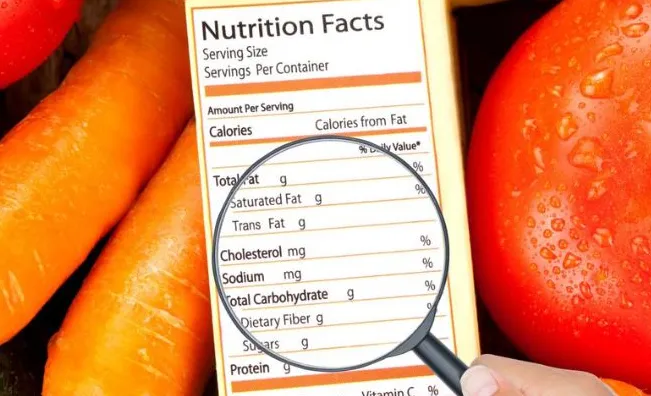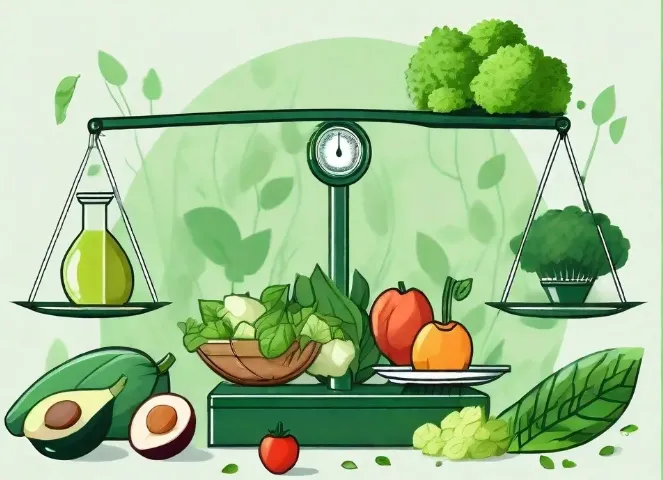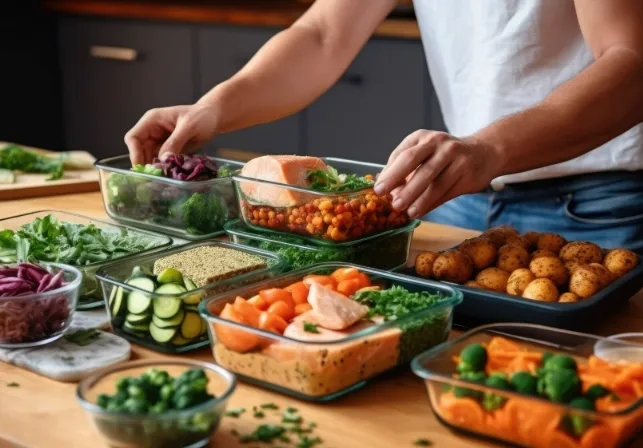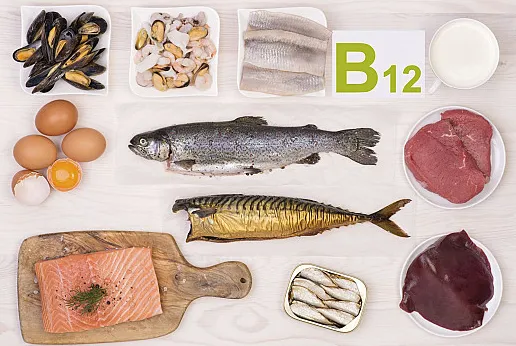Decoding Food Labels: A Simple Guide to Understanding What's Inside Your Food

Food labels can be a mystery for many consumers. From complex ingredients lists to confusing nutrition facts, navigating through food labels can be overwhelming. But understanding what’s in your food is essential for making healthier choices. By breaking down food labels, you can make more informed decisions about the products you buy. This guide will explain the key elements of a food label and provide helpful resources for further information.
1. The Ingredient List
The ingredient list on a food label is usually one of the most critical aspects to check. Ingredients are listed in descending order, from the largest to the smallest quantity. This means the first ingredient listed is what makes up the bulk of the product. If sugar, oils, or artificial additives are listed among the first few ingredients, the product may not be as healthy as it seems. Always look for whole foods like fruits, vegetables, and whole grains near the top.
2. Nutrition Facts
The nutrition facts panel provides important information on the number of calories, fat, protein, carbohydrates, vitamins, and minerals per serving. Pay close attention to serving sizes, as the nutritional information is based on this portion. For example, if the serving size is a smaller amount than what you typically eat, you may need to adjust the values accordingly.
- Calories: Helps track your energy intake. Keep an eye on how many calories you’re consuming compared to your daily needs.
- Total Fat & Saturated Fat: Fat is essential for the body, but too much saturated fat can increase the risk of heart disease. Aim for products with lower saturated fat.
- Sodium: High sodium levels can contribute to high blood pressure. Look for products that are lower in sodium when possible.
- Sugar: Added sugars can contribute to weight gain and other health issues. Try to limit products that list sugar as one of the first ingredients.
3. Serving Size
This is often overlooked, but the serving size on a label is crucial. If you consume more than the listed serving size, your calorie and nutrient intake will be higher than expected. Be mindful of how much you are eating, especially for packaged snacks or beverages, where servings can be smaller than people might realize.
4. Health Claims
Food labels often feature health claims like "low-fat," "gluten-free," or "high in fiber." While these claims can be helpful, they’re not always a guarantee of health. Always check the nutrition facts and ingredient list to verify these claims.
5. Date Labels
"Best by" or "Use by" dates provide a guideline for when the food will be at its peak quality. However, these dates are not the same as expiration dates, so don’t assume that food is unsafe just because the date has passed. Always use your senses—sight, smell, and taste—to determine if food is still good after the date.
Helpful Resources for Decoding Food Labels
If you want to dive deeper into understanding food labels and nutrition, the following websites provide reliable, science-based information:
1. The Academy of Nutrition and Dietetics
Website: [www.eatright.org](https://www.eatright.org)
2. U.S. Food and Drug Administration (FDA)
Website: [www.fda.gov/food](https://www.fda.gov/food)
3. Harvard T.H. Chan School of Public Health – Nutrition Source
Website: [www.hsph.harvard.edu/nutritionsource](https://www.hsph.harvard.edu/nutritionsource)
4. Centers for Disease Control and Prevention (CDC) - Healthy Eating
Website: [www.cdc.gov/nutrition](https://www.cdc.gov/nutrition)
5. Consumer Reports - Food Label Guide
Website: [www.consumerreports.org/food-labels](https://www.consumerreports.org/food-labels)
6. American Heart Association – Healthy Eating
Website: [www.heart.org](https://www.heart.org)
7. National Institutes of Health – Nutrition
Website: [www.niddk.nih.gov/health-information/weight-management](https://www.niddk.nih.gov/health-information/weight-management)
8. World Health Organization – Nutrition
Website: [www.who.int/nutrition](https://www.who.int/nutrition)
9. The Food Pyramid – Healthy Eating Plate (Harvard)
Website: [www.health.harvard.edu](https://www.health.harvard.edu)
10. MyPlate by the USDA
Website: [www.myplate.gov](https://www.myplate.gov)
By taking the time to decode food labels, you can make better food choices that align with your health goals. With the help of these resources, you’ll be more empowered to understand what’s in the food you eat and how it impacts your overall wellbeing.
Table for Comparison
Here’s a comparison of serving sizes and their nutritional content for three common snack options:
<table style="border: 1px solid #ddd; width: 100%; background-color: #f9f9f9;">
<tr style="background-color: #f1f1f1;">
<th>Snack</th>
<th>Serving Size</th>
<th>Calories</th>
<th>Sugar (g)</th>
<th>Fat (g)</th>
</tr>
<tr>
<td>Granola Bar</td>
<td>1 bar (30g)</td>
<td>120</td>
<td>8</td>
<td>4</td>
</tr>
<tr>
<td>Potato Chips</td>
<td>1 small bag (28g)</td>
<td>150</td>
<td>1</td>
<td>9</td>
</tr>
<tr>
<td>Fruit Yogurt</td>
<td>1 container (150g)</td>
<td>130</td>
<td>18</td>
<td>2</td>
</tr>
</table>






